Another big hit from Nintendo, another “Road to”: while waiting for the strange Wonder, we start with a retro-review of Super Mario Land
After the experiment with which we waited (quite willingly) for Tears of the Kingdom, we thought it best to dust off the time machine for a “Road to” in the weeks that separate us from Wonderstarting with one retro-review Of Super Mario Land per Game Boy. These appointments, with the exception of the last one that you will read on Saturday 14 October, have one constant in common: the delirium and strangeness that separates them from other Mariesque platformers. We won’t stop before October 20th (day one of Super Mario Bros. Wonder), after which all we can do is wait for Super Mario RPG. In the company of the platformer, of course, perhaps between one line of the review and another. Enough chatter, though: we have plenty of weird things to tell, so it’s time to get moving…
“Oh, Daisy” | Road to Wonder: retro-recensione Super Mario Land
With the late Gunpei Yokoi (father of Game & Watch and Game Boy itself) at the helm of Super Mario Land, the first truly “strange” title of the saga, it is almost normal that our (retro) review object distances itself from the dogmas imposed by Shigeru Miyamoto just enough to pave for Wonder a road paved with antics. Let’s start right from plot: for the first time (more or less, as we will see next week), Bowser has nothing to do with the conflicts at the center of the narrative pretext. In his place, the alien Stupid has kidnapped the ruler of another world: Daisy, ruler of the bizarre Sarasaland. It would not have surprised us if we had later seen “Kingdom of Flowers” as an official translation, given the well-known symbol of Daisy, but ironically the title that will make her playable for the first time in a main platformer (Run permitting) is also the one that introduces a real Kingdom of Flowers.
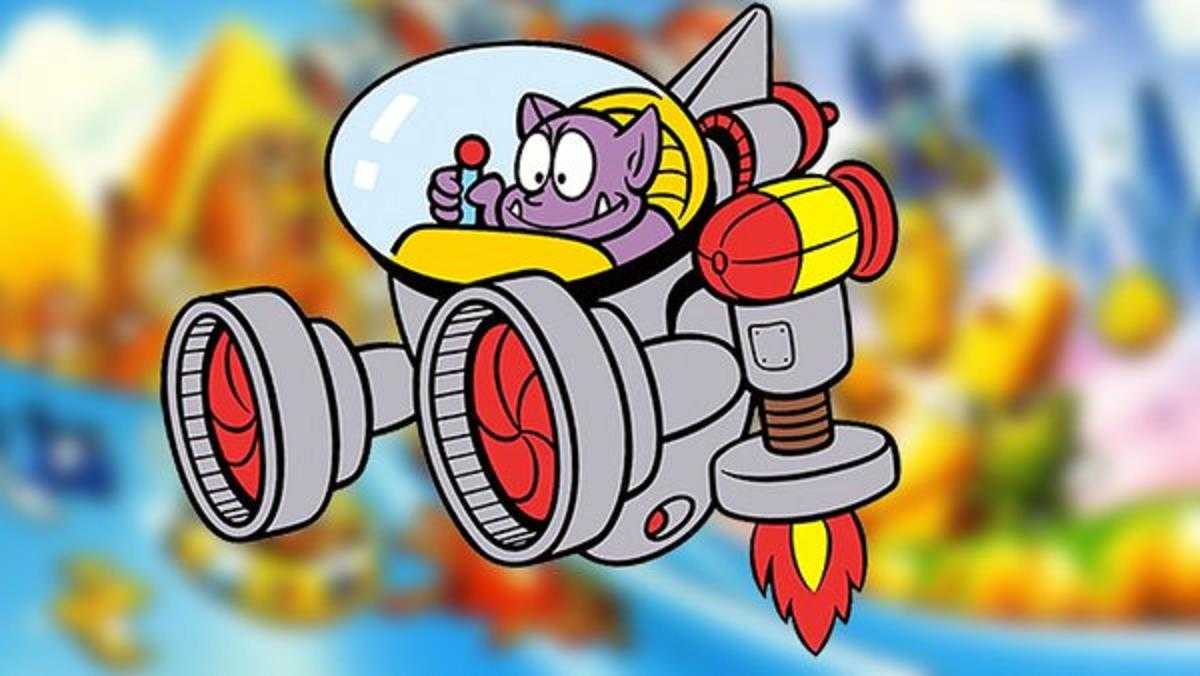
The bare essentials | Road to Wonder: Super Mario Land retro-review
Retrogaming connoisseurs have recently been re-evaluating the title’s youthful mistakes and errors, renaming the corners to be smoothed out in this rough diamond as minimalism. Generally speaking, at least on a superficial level the game presents itself as a portable counterpart to Super Mario Bros. for NES. In other words, therefore, the inertia essential for each jump remains, as well as the minimum wage in terms of gameplay: mushrooms to become big, strong and agile, as well as take an extra blow; pipes to sneak into to access secondary areas; and, in general, enough to make Mario… well, Mario. But the sense of familiarity, for plumber lovers, stops here.
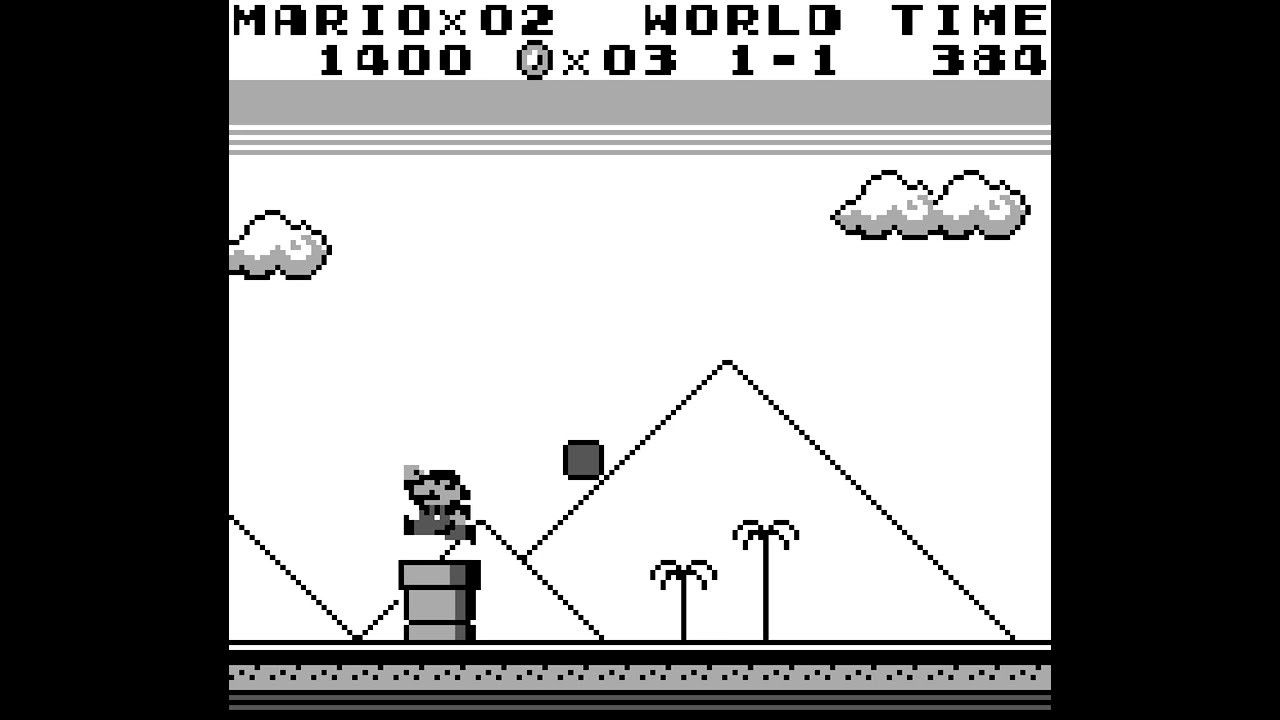
What was in that mushroom? | Road to Wonder: Super Mario Land retro-review
It’s not just Tatanga that’s alien; in a certain sense, the “wrong” feel of the game is already tangible in the first moments. In its aforementioned minimalism, the world of Sarasaland evokes with a few barely sketched lines a completely different world, more exotic than the rounded hills fans are used to. Palm trees, pyramids, hieroglyphics in pro-African settings, before moving on to the kingdom of Chai with more markedly Asian influences. Everything winks at reality, like the moai of the Easton kingdom (Easter Island) and the flame-breathing sphinxes at the end of the Birabuto world (or rather Piraputo in the original Japanese, a fusion of the transliterations Piramido – pyramid – and Ejiputo – Egypt) . The Mariesque dogmas would have arrived later (and not too much), but we’ll talk about it again in two weeks.
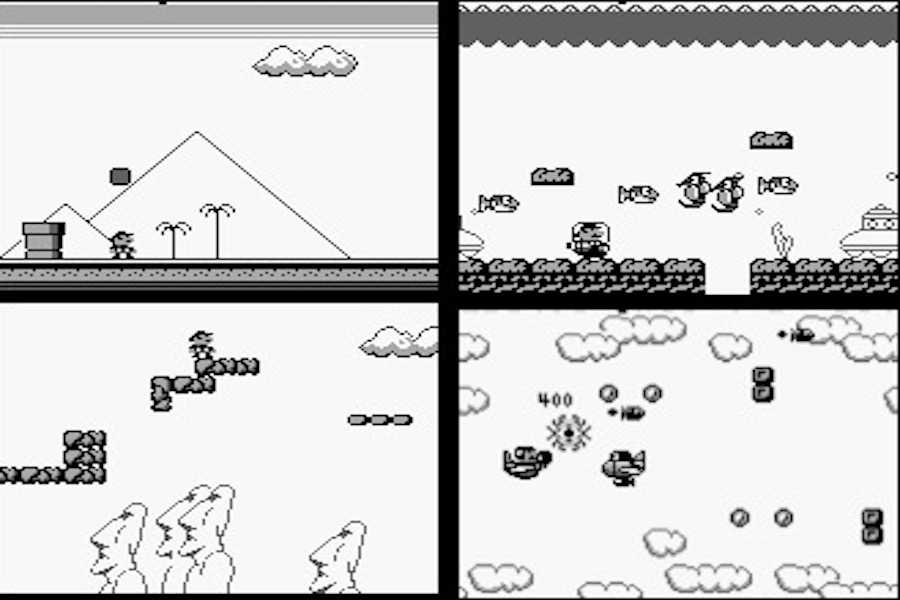
Customized | Road to Wonder: Super Mario Land retro-review
Although it may perhaps be disorienting today that traditionalism in the mustachioed franchise reigns supreme, in its time the game boasted a great strength. The presence of fewer strongholds in fact allowed Gunpei Yokoi to package a game created specifically with the hardware in mind. The results are visible: no “screen crunch”, for once, with perfectly visible and predictable dangers. The verticality that results from a more “square” screen, then, entails the need for a more contextualized enhancement: the Superballwhich we wouldn’t see again in the saga until Maker 2 a few years ago, which replaces Fire Mario with spheres capable of bouncing upwards (below).
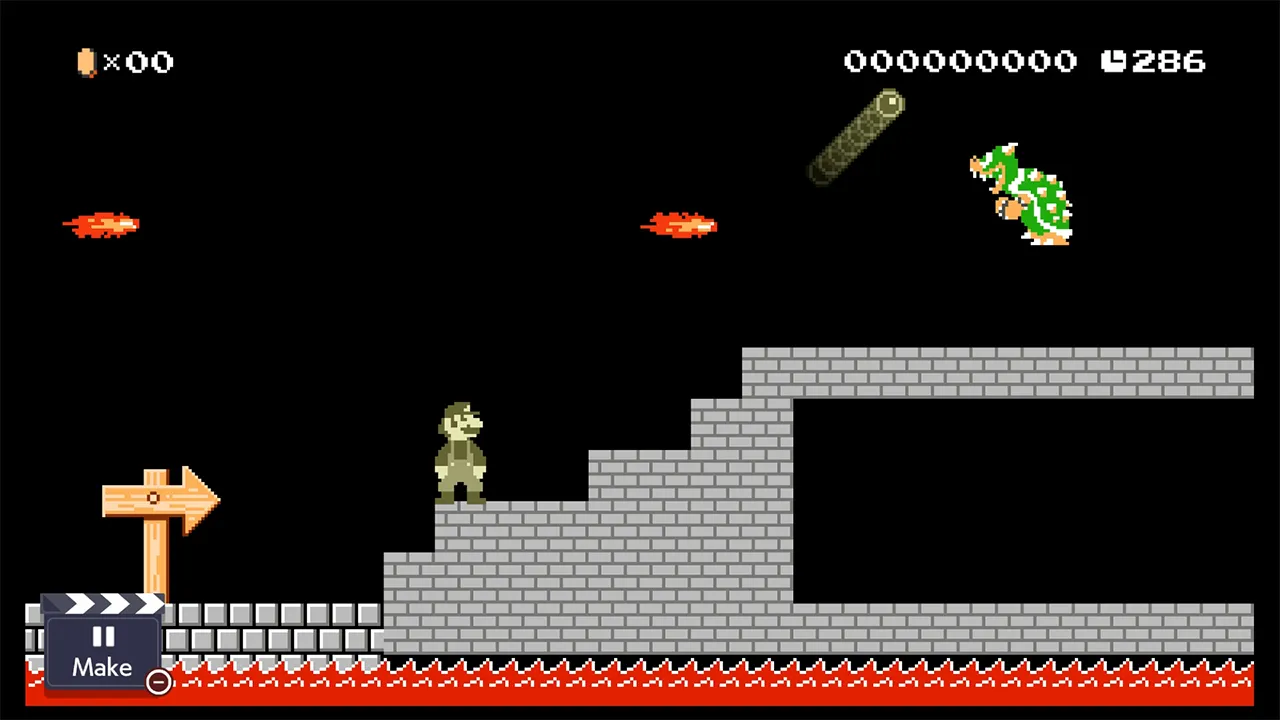
Top of the Pops | Road to Wonder: retro-recensione Super Mario Land
That Daisy was born due to hardware needs (Peach’s blonde hair would have been impossible on a portable console, at least as much as Mario’s lips in Donkey Kong nine years earlier) as much as Luigi in Mario Bros. is clear. Of course, the two are made for each other from the beginning, in this sense, but this is not the only innovation born into the game. For the first time, in fact, Mario has gods means of transport: The Sky Pop plane and the Marine Pop submarine, identical to each other for gameplay purposes. We would not have seen similar phases again since shoot-em-up in a title of the series, at least not before, if you allow us a little redundancy, than Super Mario Maker with the Auto Clown Koopa.
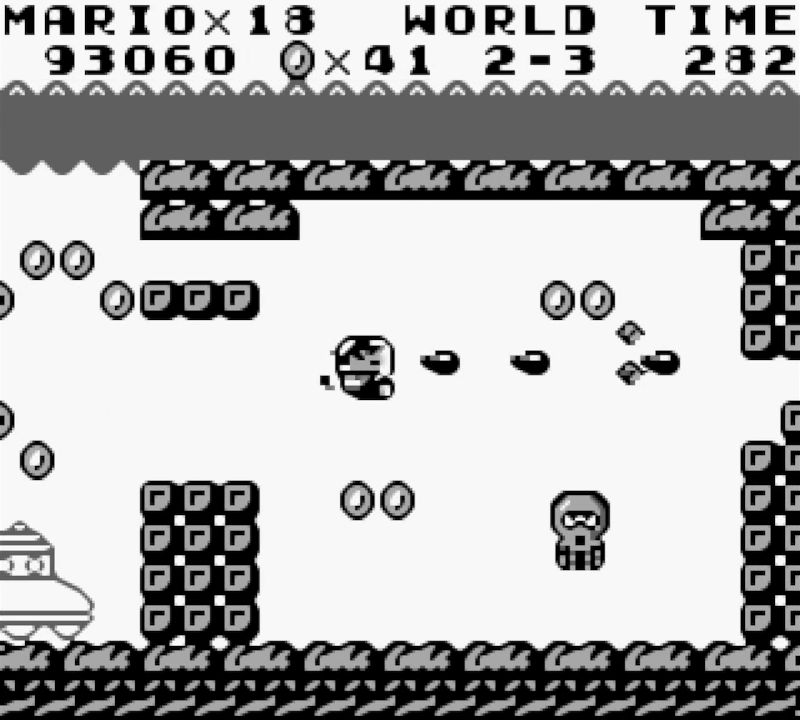
Mica-moto | Road to Wonder: Super Mario Land retro-review
The fact that the sequel would have reintroduced certain dogmas can be seen from the dream team who edited the game, captained by Gunpei Yokoi. On the scores, for example, we have the same musician as Metroid: Hirokazu “Hip” Tanaka, one of the few great Japanese composers to whom we have not dedicated an episode of Music & Videogames. To give him support, Satoru Okada (Metroid, plus many portable productions from the Big N) and Hirofumi Matsuoka (Metroid and WarioWare). All supporters (and factors) of one of the most non-conformist productions among those inside the Kyoto Colossus.
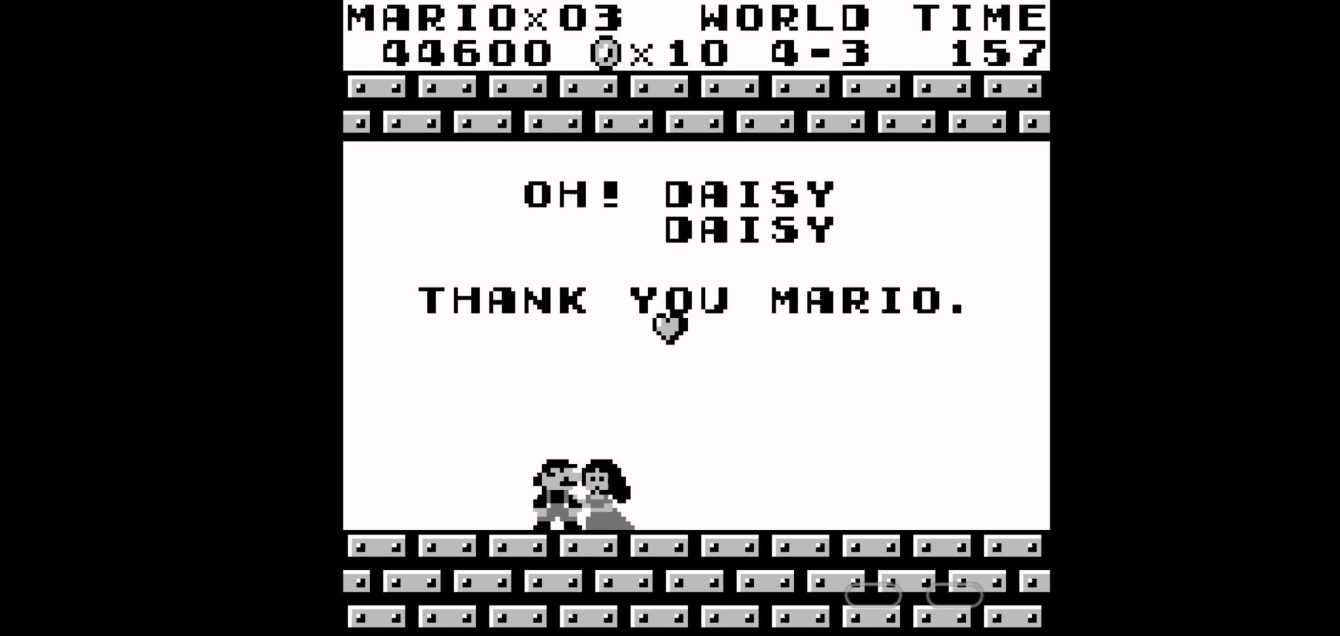
Shot on goal in the first minute
It’s not that the Game Boy had much to prove, at least in 1989 which also saw the birth of this writer. The Game & Watch were born from an idea of Yokoi’s while observing a commuter fiddling with a calculator on the train; extending everything to 160 by 144 pixels was just the most logical step. But even with a winning premise right from the start, two launch titles were needed with which to stand out. One was Tetris. The other, in its almost iconoclastic minimalism, is Super Mario Land. The tangible demonstration of a game capable of enter the Olympus of the bestalong with Link’s Awakening and Pokémon, thanks to its pioneering ingenuity.
Now it’s up to you to tell us your opinion: in your opinion which other “strange Marios” have we chosen while waiting for the October 20thday one of the game? Let us know below, and as always don’t forget to stay on techgameworld.com for all the most important news for gamers and beyond. For your purely gaming needs, you can instead find the best discounts in digital format on Instant Gaming.






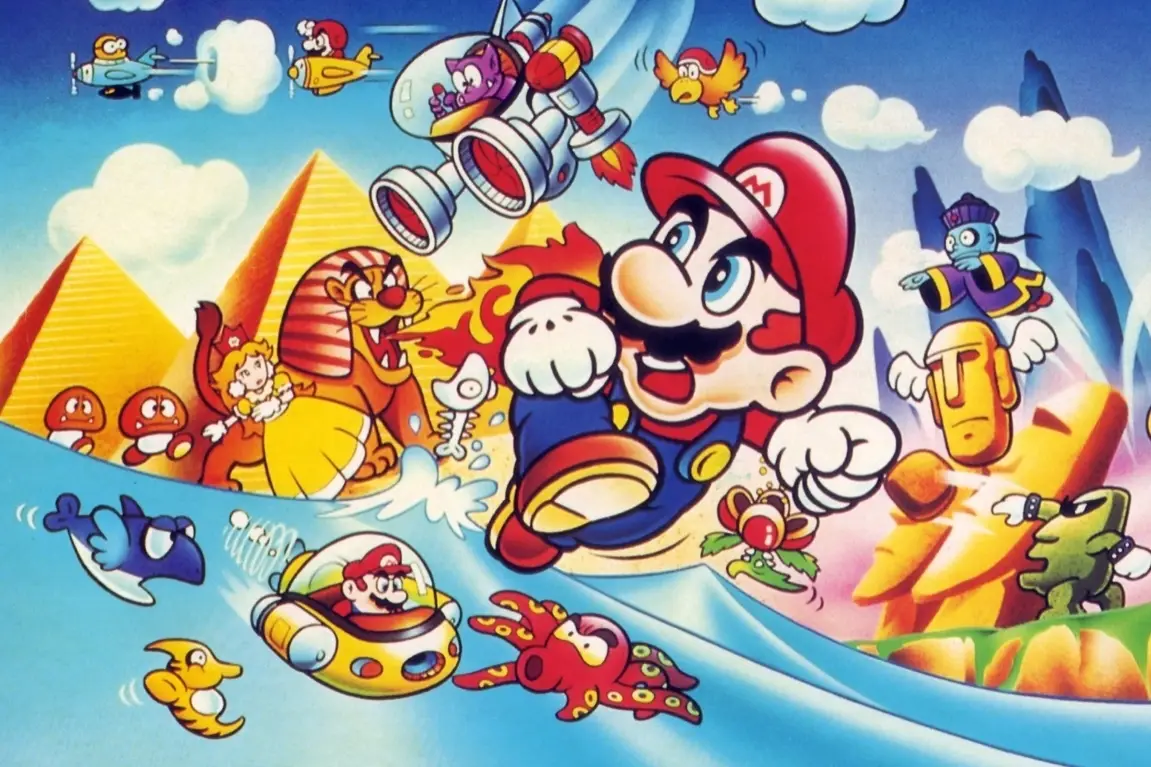









Leave a Reply
View Comments